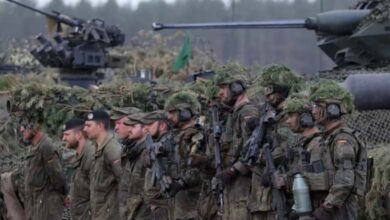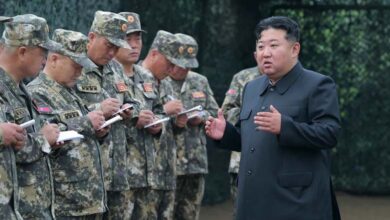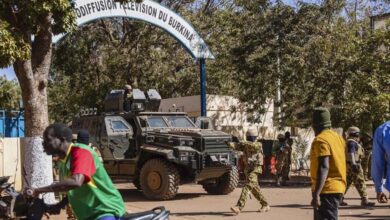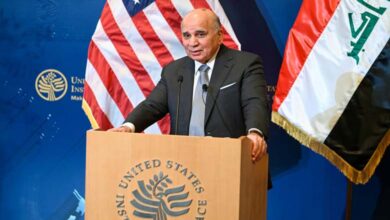“Year of Lies and Blood”: Major Terrorist Crimes Committed by the Muslim Brotherhood in Egypt
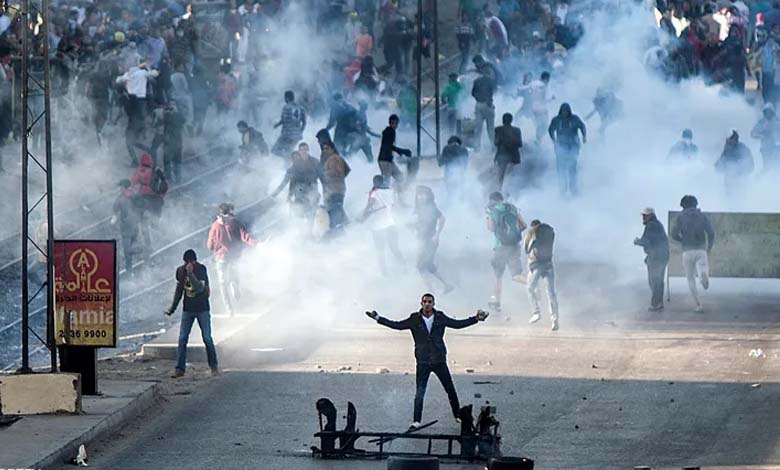
Activists have described the year of the Muslim Brotherhood‘s rule as the “year of lies and blood,” especially since this period was one of the most challenging in Egypt’s history, marked by events aimed at dividing the public, imposing force and terrorism on the nation, and using lies as a means to achieve their goals.
-
Did the Muslim Brotherhood aim to destroy the Egyptian identity? Detail
-
The “Hasm” movement of the Muslim Brotherhood aimed to overthrow the ruling regime in Egypt… How?
The first of these lies after the January 2011 revolution, according to the newspaper “Al-Watan,” was the Renaissance Project, in which the group claimed it could offer an economic and political reform program that would transform Egypt for the better within 100 days. However, during this period specified by the Brotherhood, Egyptians experienced everything that was worst imaginable.
The Brotherhood continued to deceive Egyptians by claiming they wanted to establish a consensus constitution that would ensure equality for all without favoring any group over another. However, what happened afterward was a complete takeover by the terrorist organization of all state apparatus. Not only were those who disagreed marginalized, but there was also repression and persecution by the group’s leaders and their supporters against any opposing voices.
The terrorist group manipulated Egyptian emotions to gain power, initially adopting a façade of pacifism and rejecting violence until they achieved power, revealing the true nature of the terrorist organization and its bloodstained hands. This situation led to clashes, repression, and the imposition of violence on anyone opposing the group.
The most horrific face of the group emerged, according to “Al-Watan,” when the Egyptian people ousted the Muslim Brotherhood from power through the June 30 revolution. The group’s leaders then claimed that Sinai would be in danger and would not calm down until Morsi returned to power, clearly indicating that the Brotherhood was behind all terrorist operations in Sinai to terrorize citizens and threaten Egyptian national security. However, the armed forces were vigilant, thwarted these attempts, and succeeded in purifying Sinai of terrorist hotspots.
In July 2013, the group used bladed weapons against security forces to prevent the dispersal of the Rabaa sit-in, in addition to the events at Bait al-Sarayat, which resulted in 23 deaths and 220 injuries, not to mention incidents in Al-Munir and Sidi Gaber, which caused 6 deaths and 30 injuries, as well as clashes at the Commander Ibrahim Mosque, with 5 dead and 72 injured.
In August 2013, the Brotherhood besieged Al-Fath Mosque and disrupted subway lines to create traffic chaos. The terrorist organization attempted to assassinate former Interior Minister General Mohamed Ibrahim in September 2013. In December of the same year, they bombed the Dakhleya Security Directorate. In July 2014, Egypt witnessed one of the worst massacres in Al-Farafra, with 28 officers and soldiers killed and 3 others injured.
The group assassinated Attorney General Hisham Barakat in June 2015 by exploding his car.
In December 2016, an explosion at the St. Peter’s Church resulted in 29 deaths and 49 injuries, including women and children. In February 2017, they killed 7 Copts in Al-Arish, and in April 2017, attacks on St. George’s Church in Tanta and the Saint Mark’s Cathedral in Alexandria resulted in 30 deaths and more than 70 injuries.
In May 2017, terrorist elements from the group attacked a bus carrying Christians in Minya, killing at least 29 people. In July of the same year, they attacked a checkpoint in Rafah, killing 26 soldiers. Later in October, 16 security personnel were killed in an attack on a security force in the oases.





